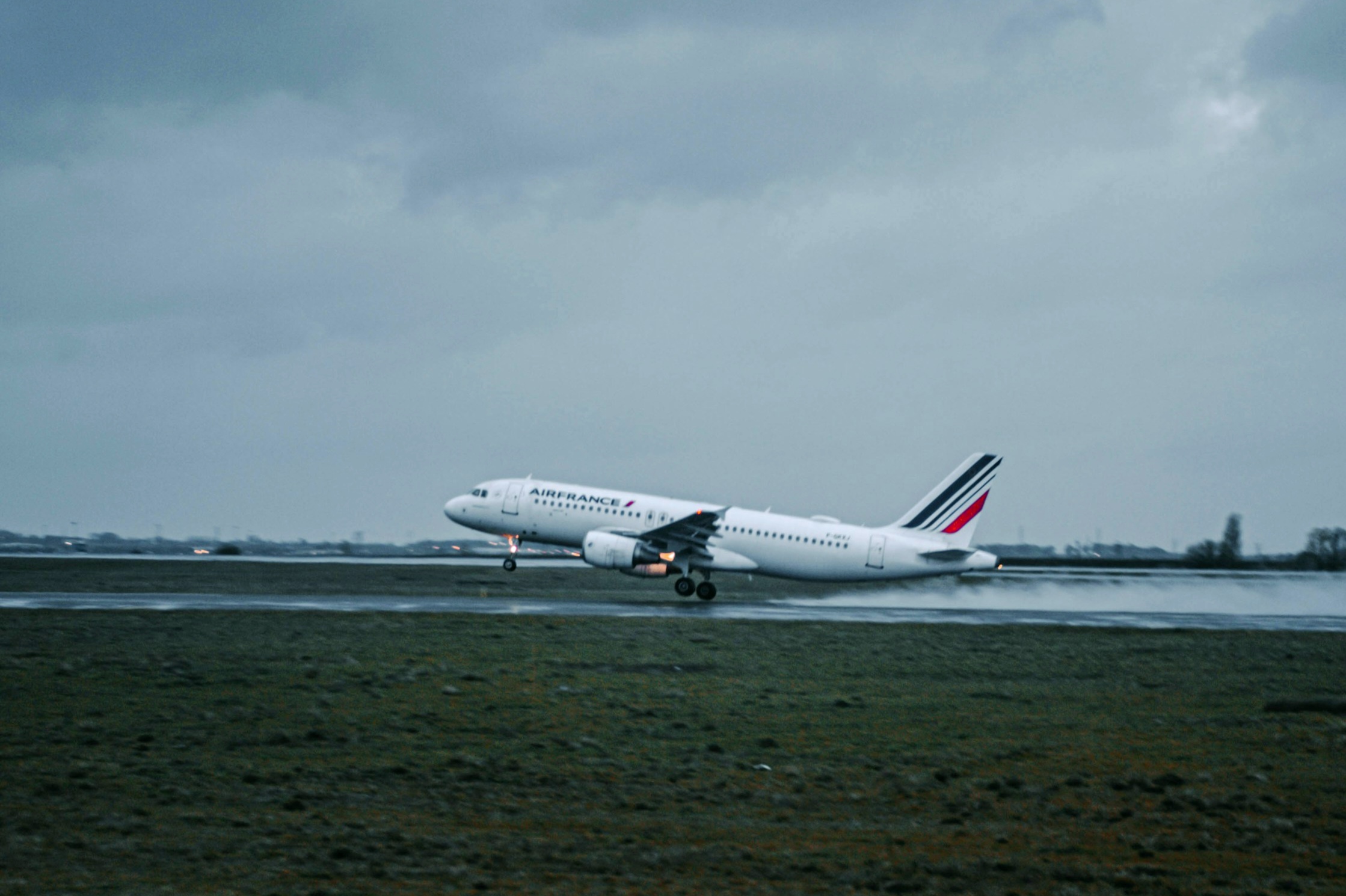The Walkability Summit held its second successful session on a mission to transform Metro Manila for the people. The summit was held for two days to discuss walkable cities. Where cities in Metro Manila are more humane and people-centric. The discussions on a sustainable urban landscape were held from October 2 to 3, 2025. It gathered a diverse group of academics, advocates, and decision-makers at the Leong Hall of Ateneo de Manila University in Quezon City.
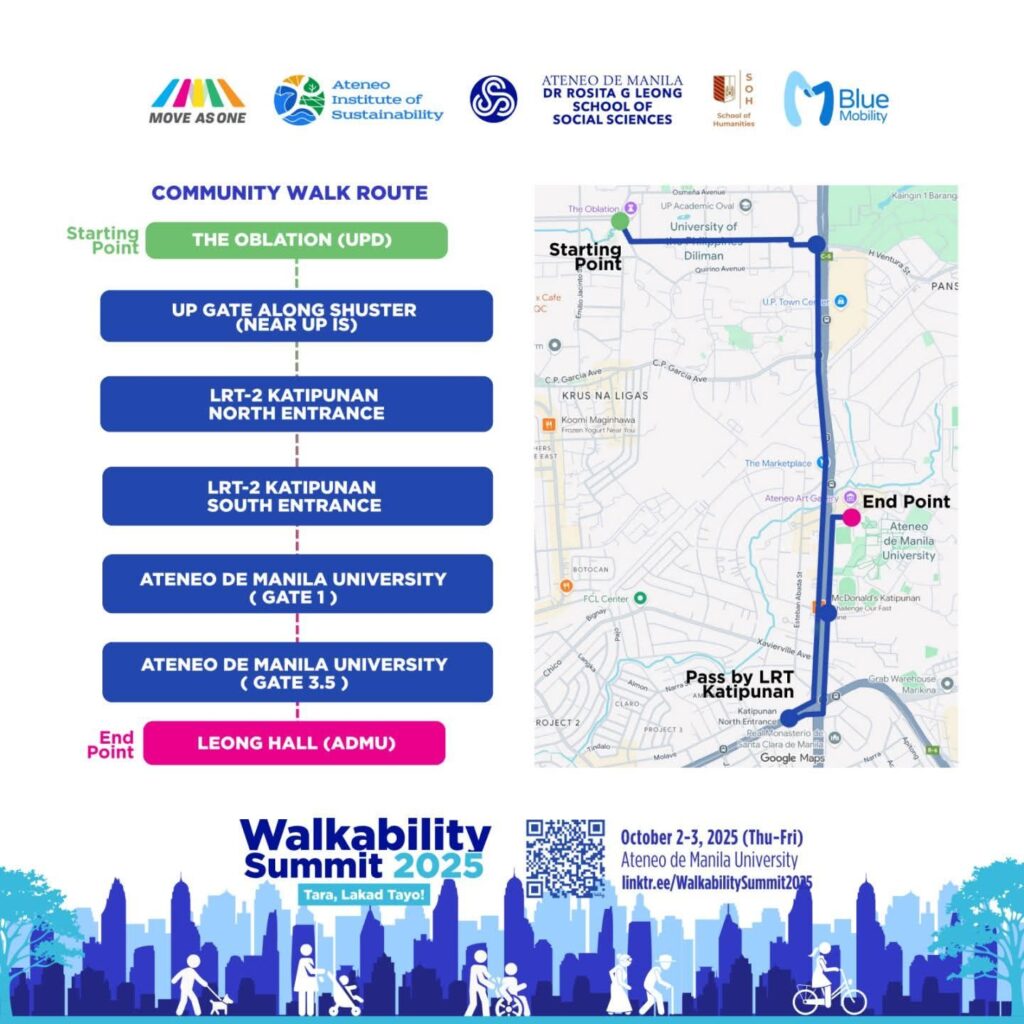
Community Walk
The Walkability Summit started off with a community walk from the UP’s Oblation at the University of the Philippines to Ateneo de Manila University campus. There were more than 50 volunteers who joined the walk. The volunteers took 9,300 steps to a 6km route.
The challenges of the community walk:
- sidewalk obstructions
- streetlight poles in the middle
- narrow sidewalks
- poor design
- damaged sidewalks
- parked vehicles on the sidewalks
- motorists disregards traffic rules
- no sun shade
- sidewalk vendors
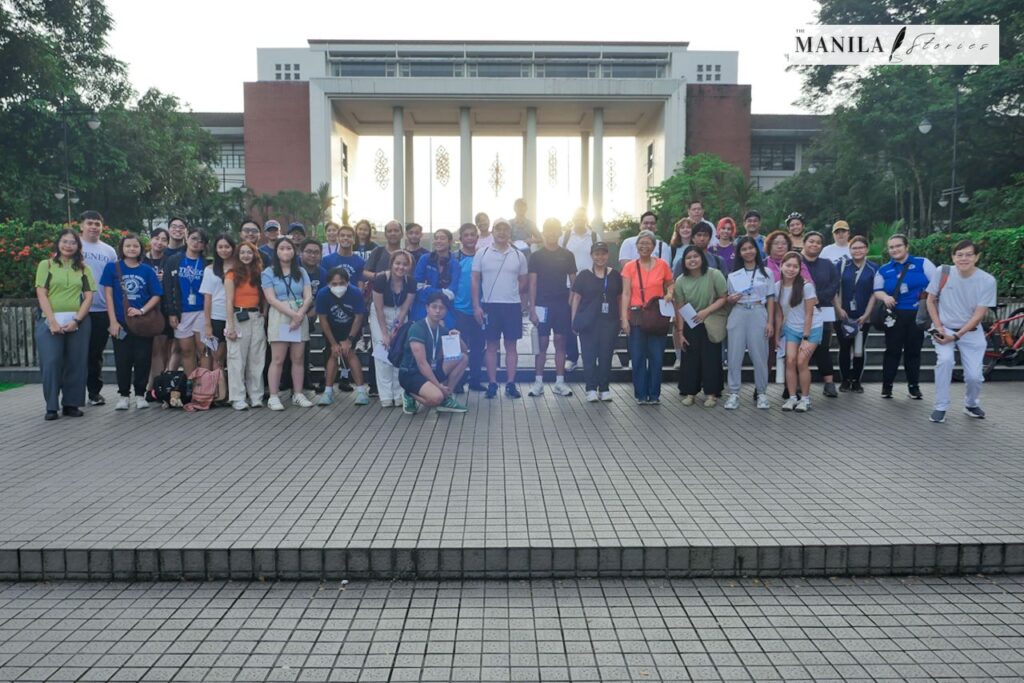

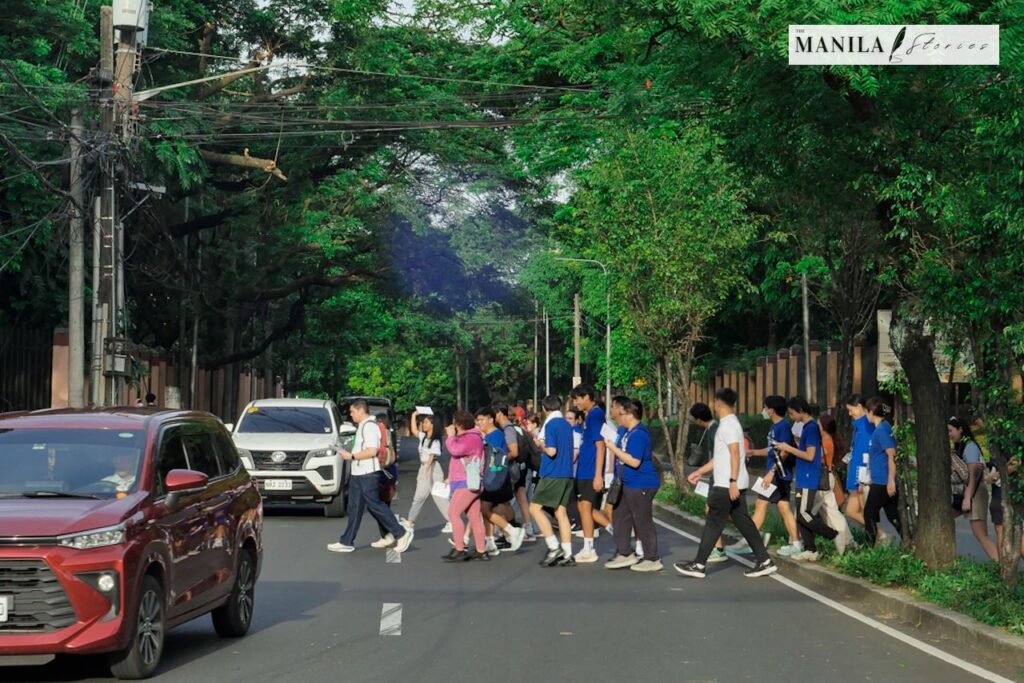
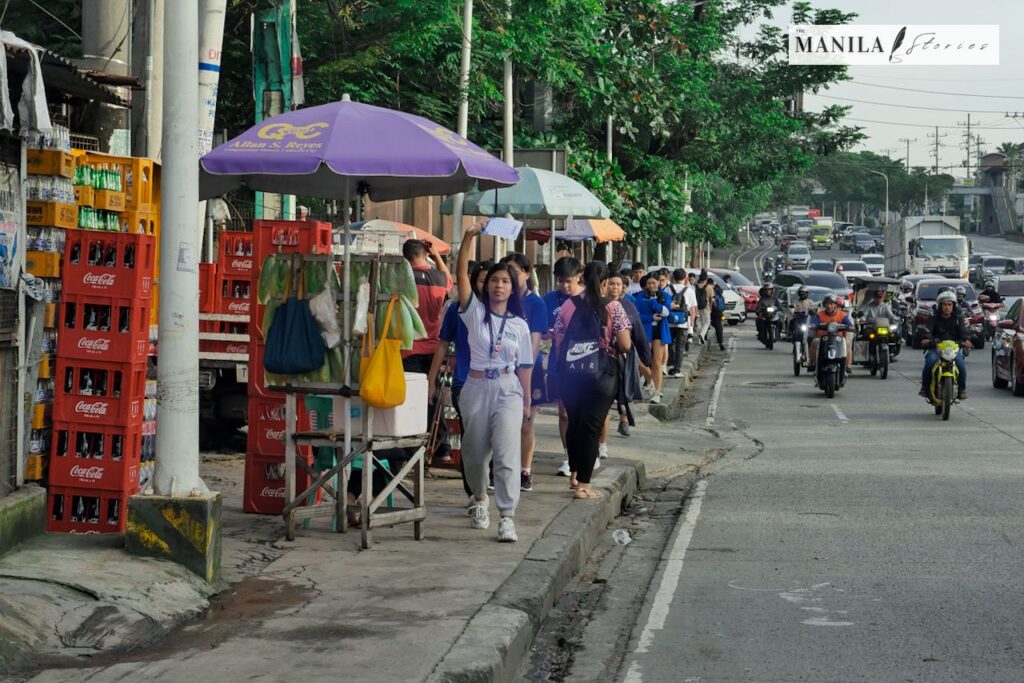
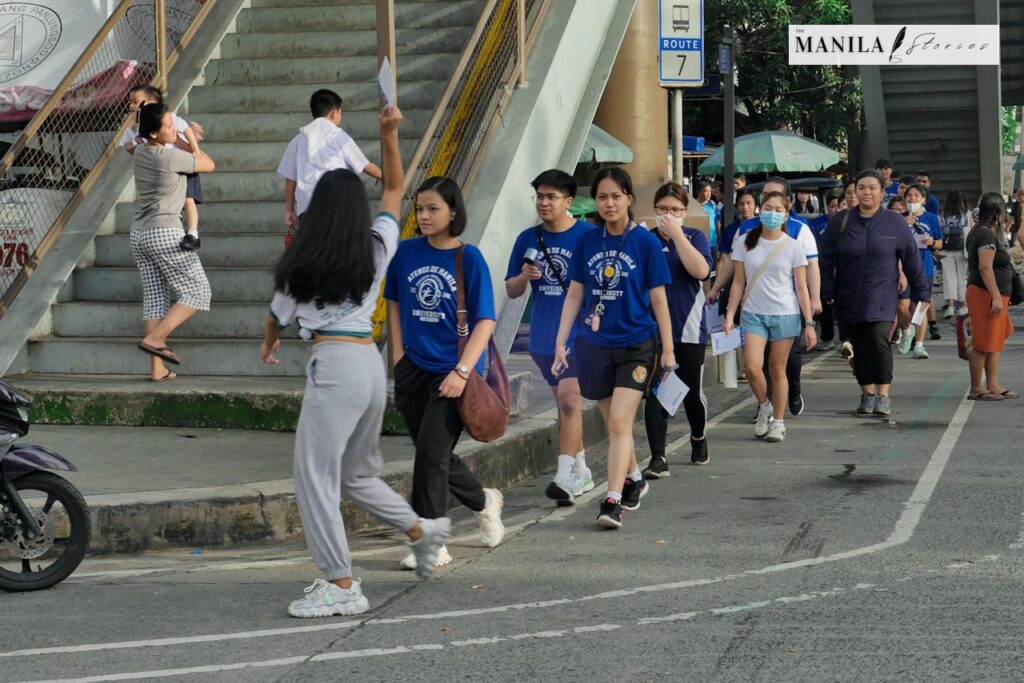
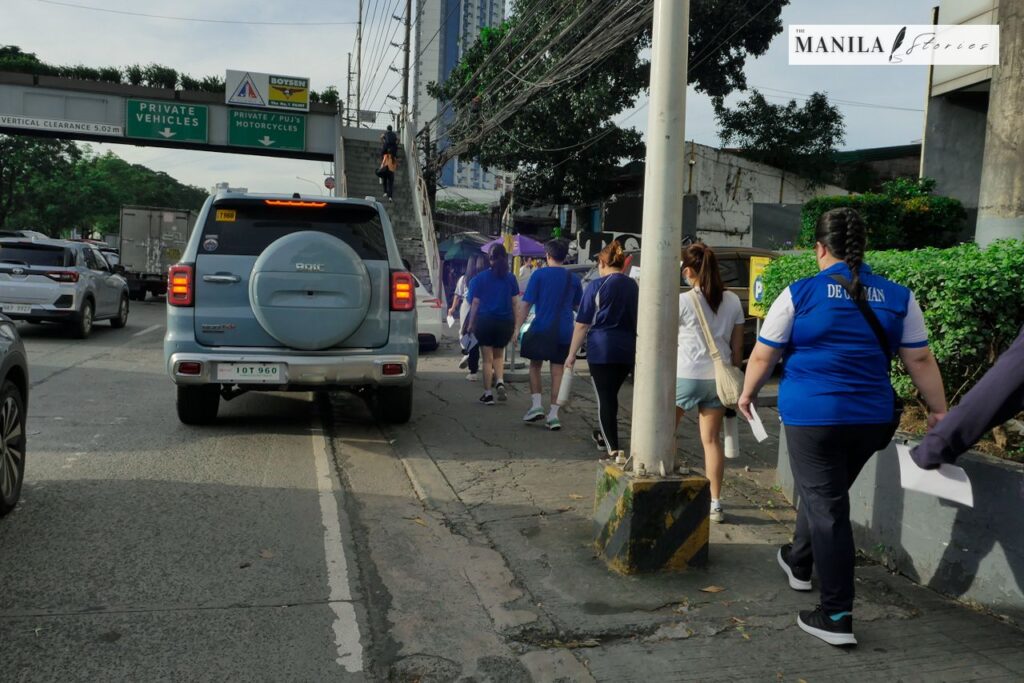
Themes and Insights
Afterwards, a two-day session on the insights of walkable cities and sustainable urban landscape. Insights are shared from leading experts, advocates, and citizens on different themes where walking is considered an important aspect of progress. Cities from other countries continues to progressed leaving the Philippines behind. When they prioritize this primitive form of travel their economy continues to grow.
Themes in the summit:
- Greener, cooler sidewalks to combat extreme heat
- Accessibility for persons with disabilities
- Safe routes around schools and health centers
- Seamless links between walking and public transport
- Ensuring women’s safety in public spaces
- Unlocking the health, economic, and tourism benefits of walkable cities
View the programs of Day 1 and Day 2 below.
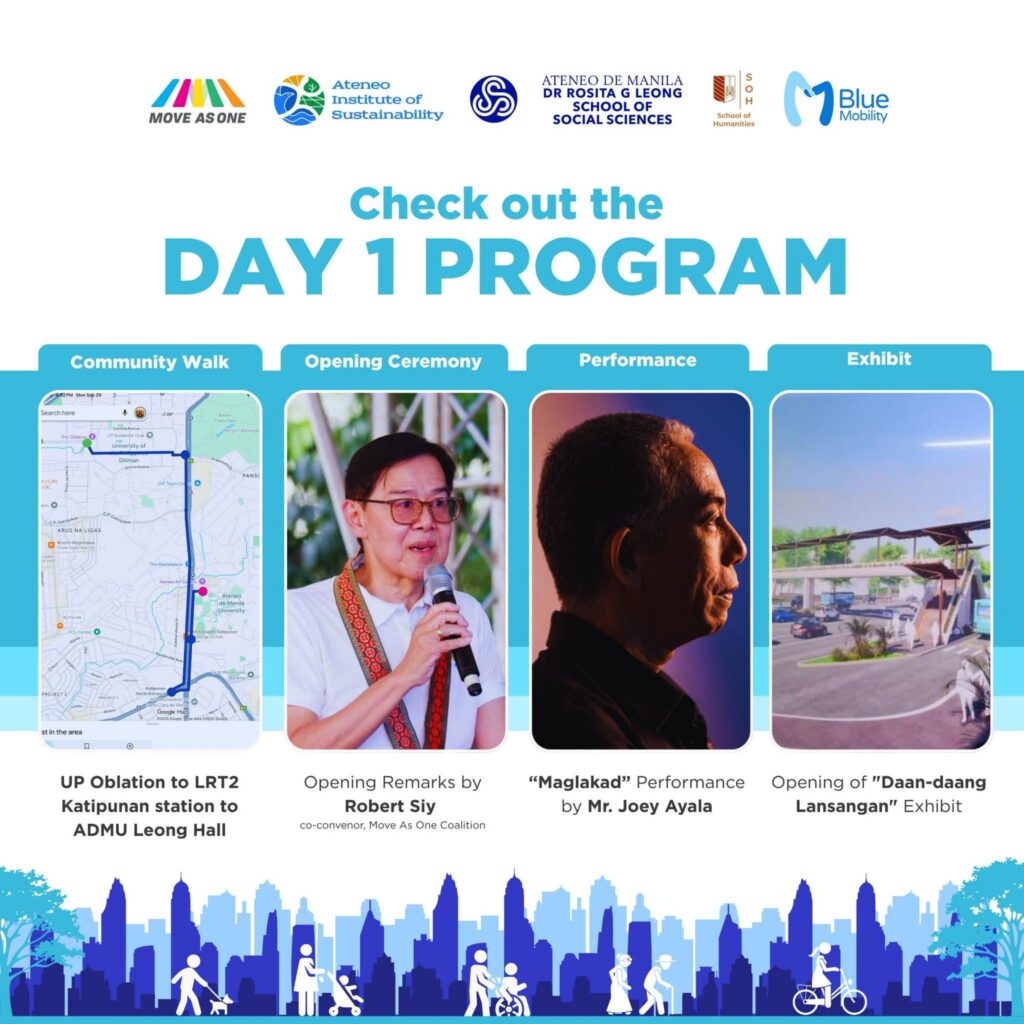
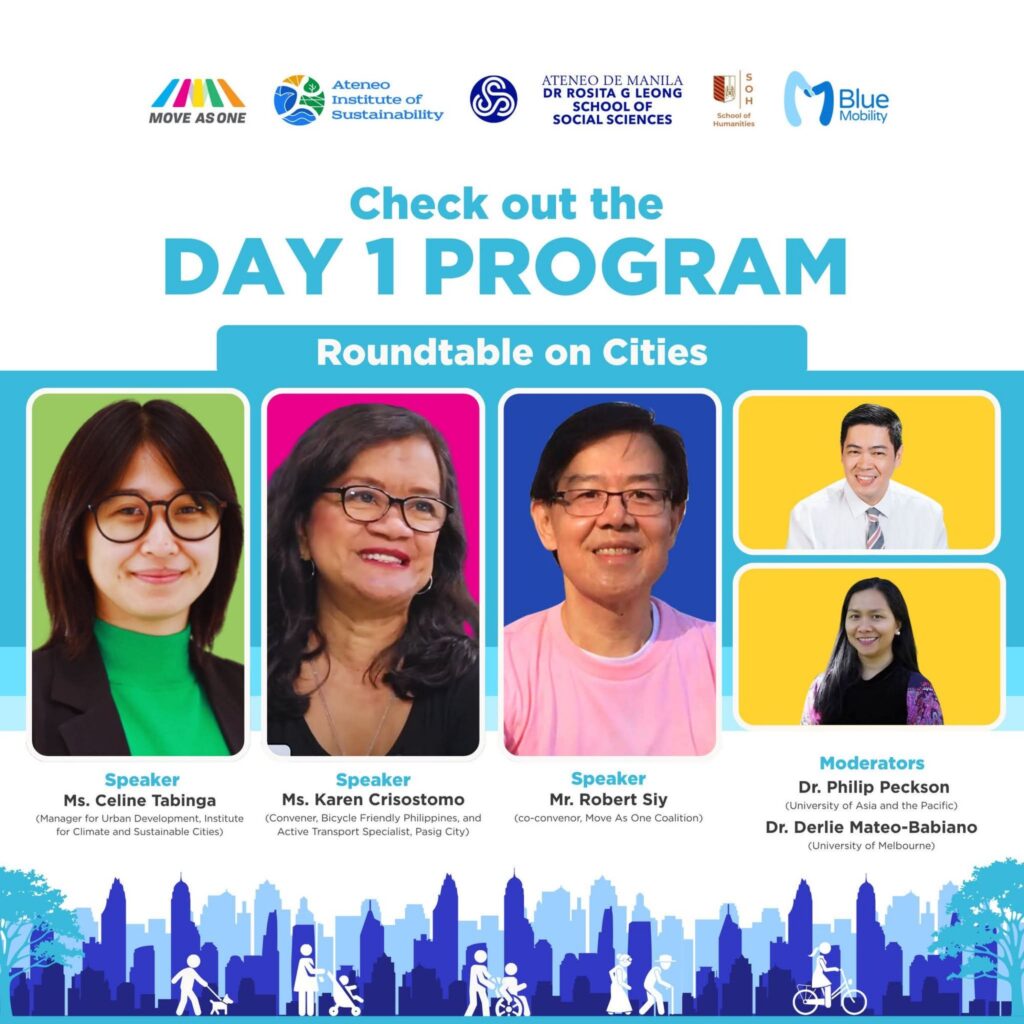
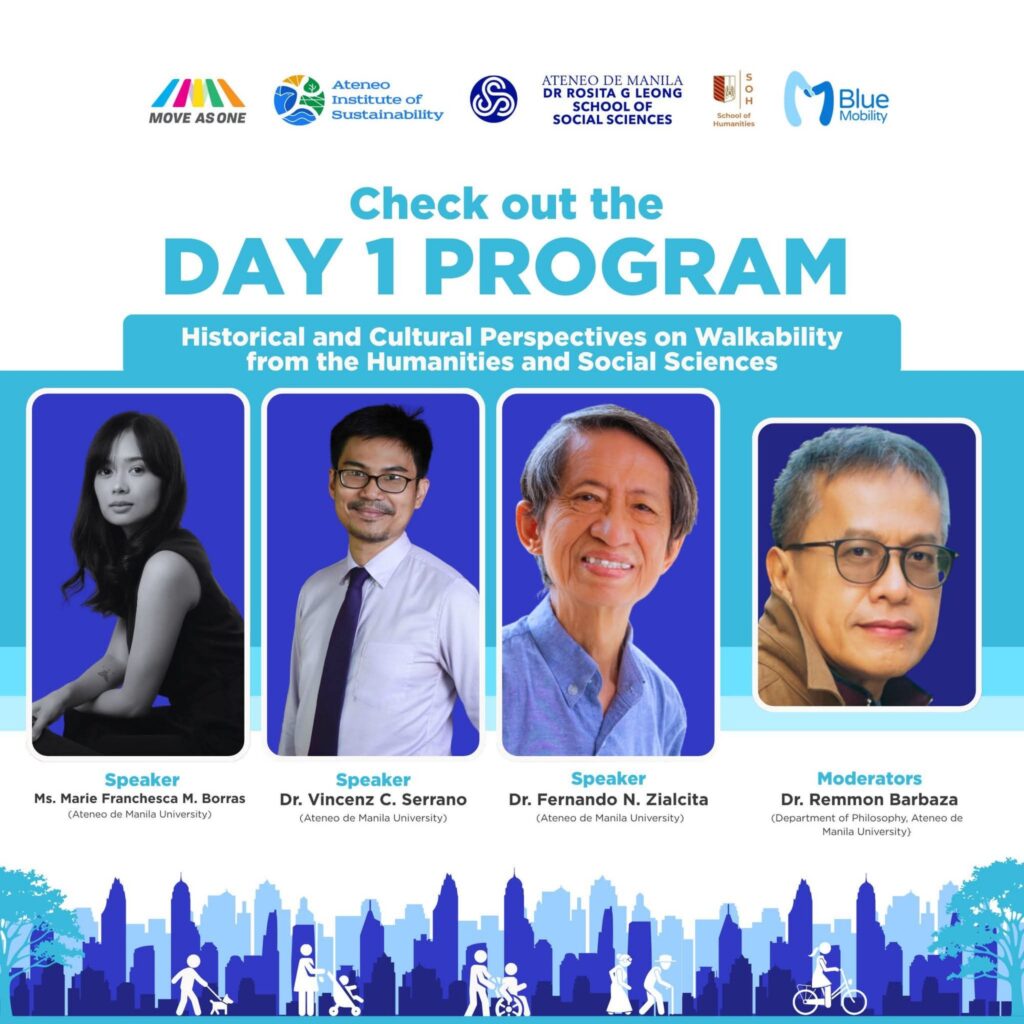
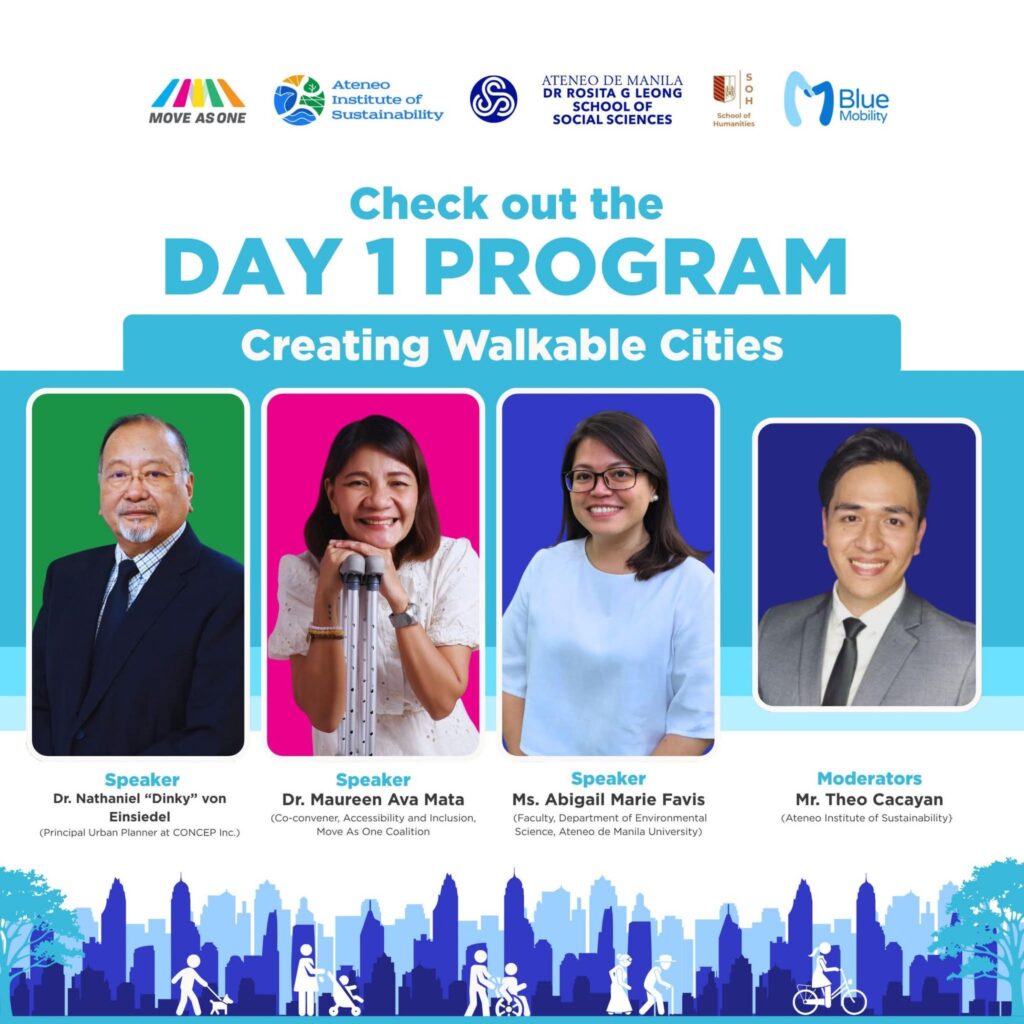
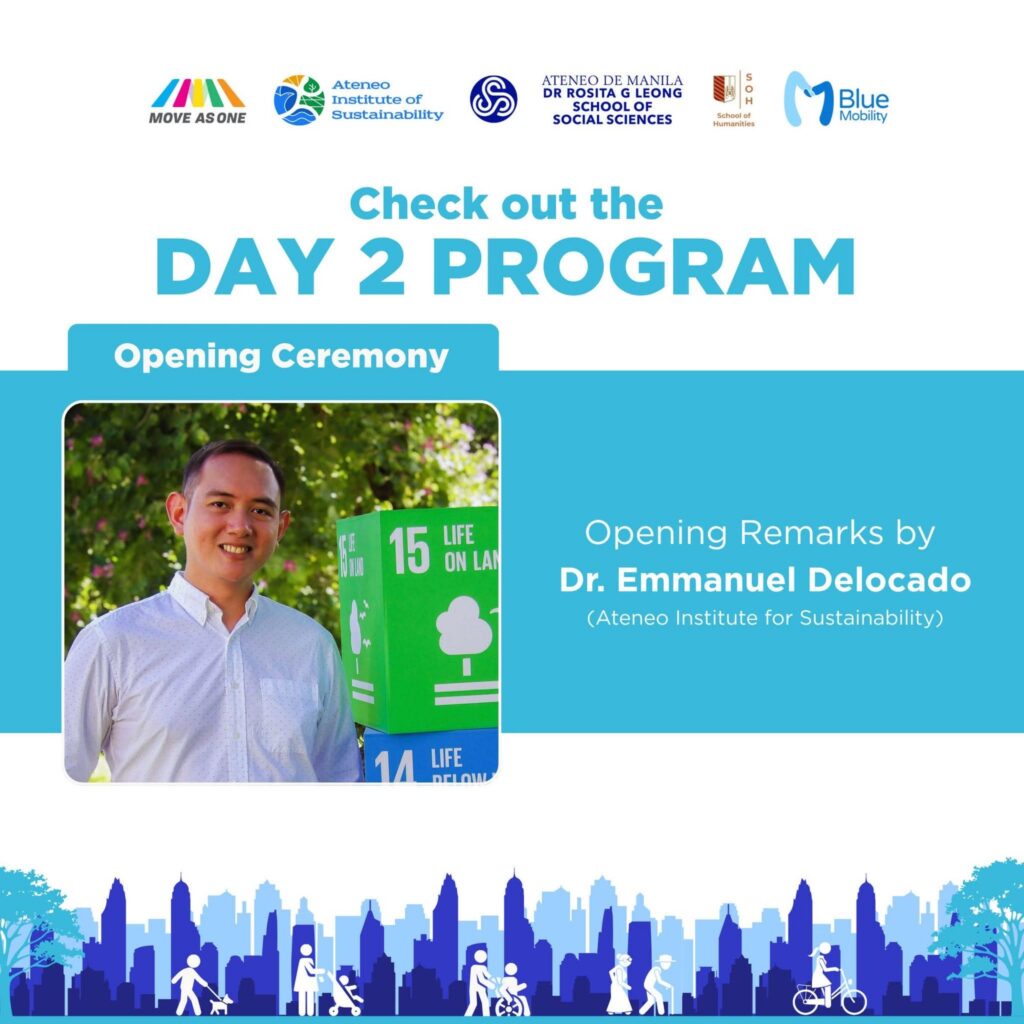
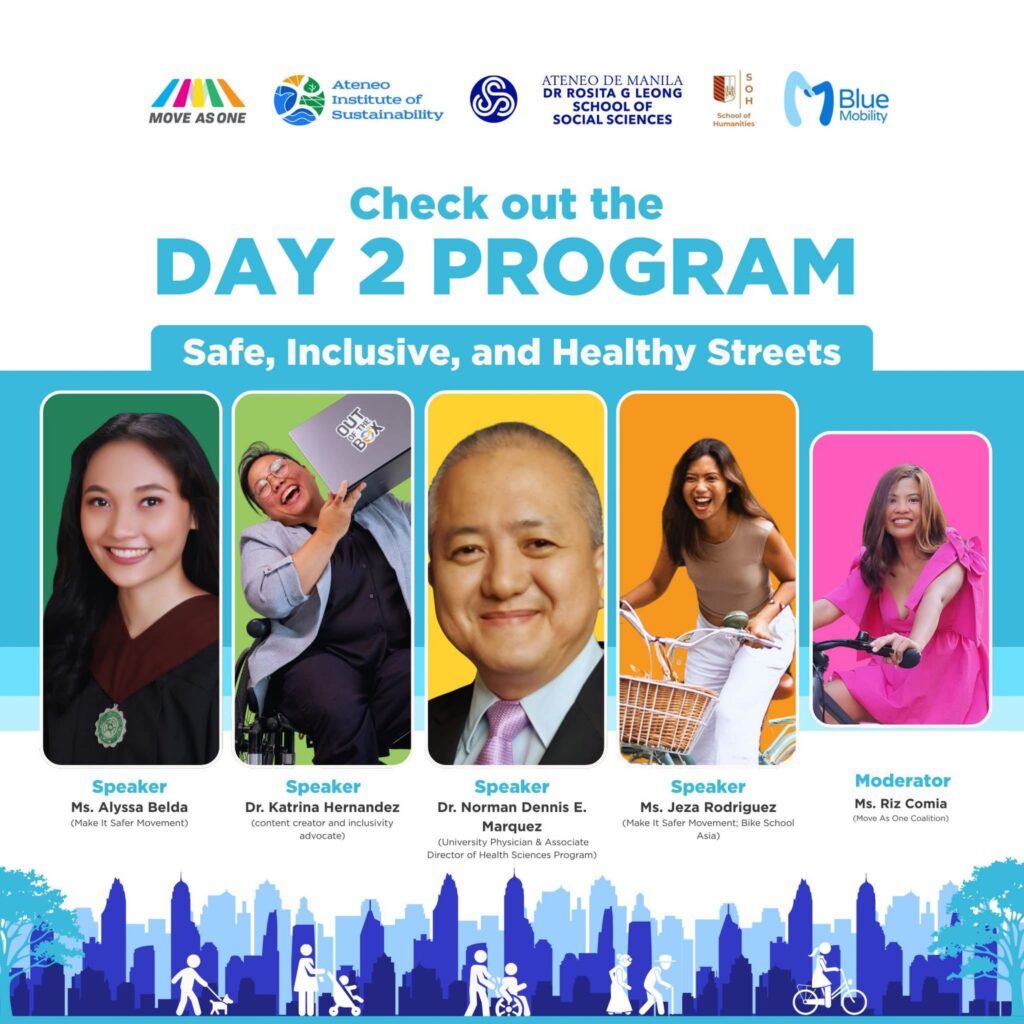
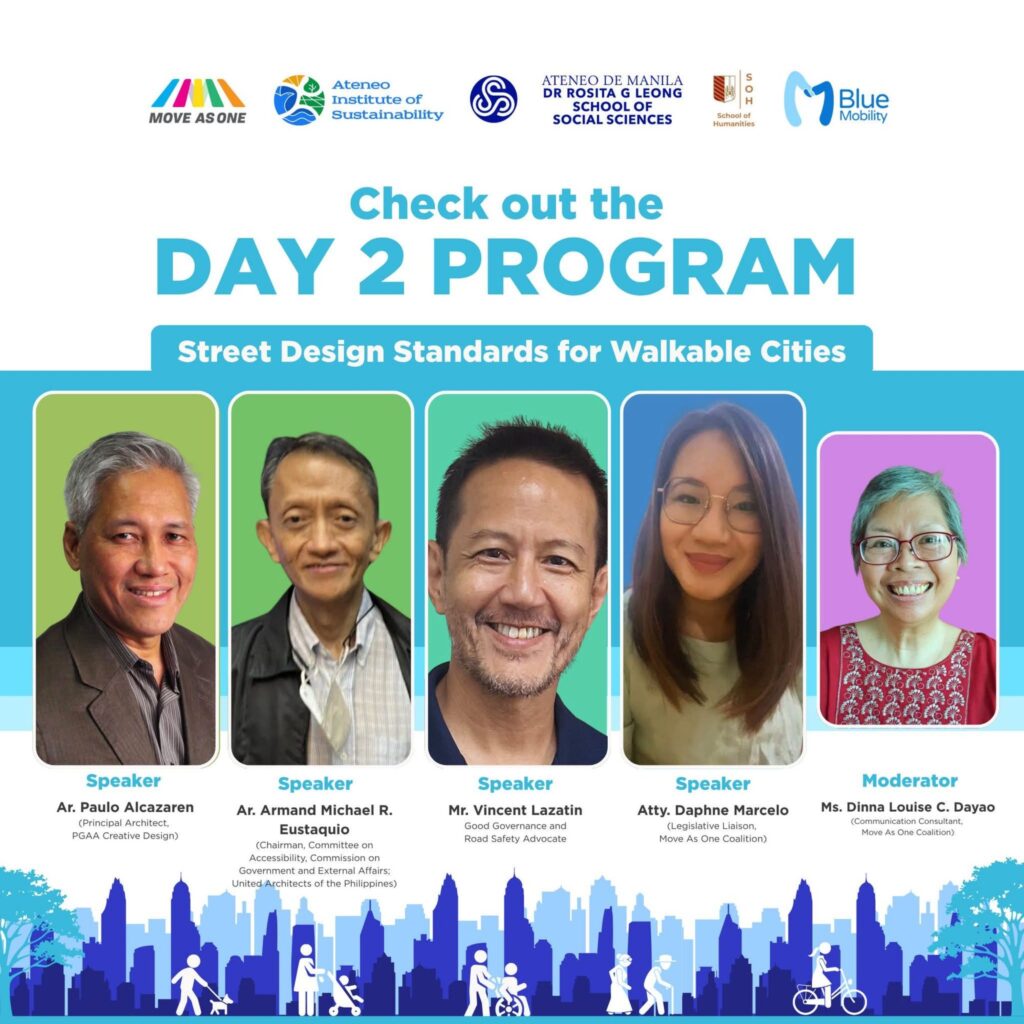
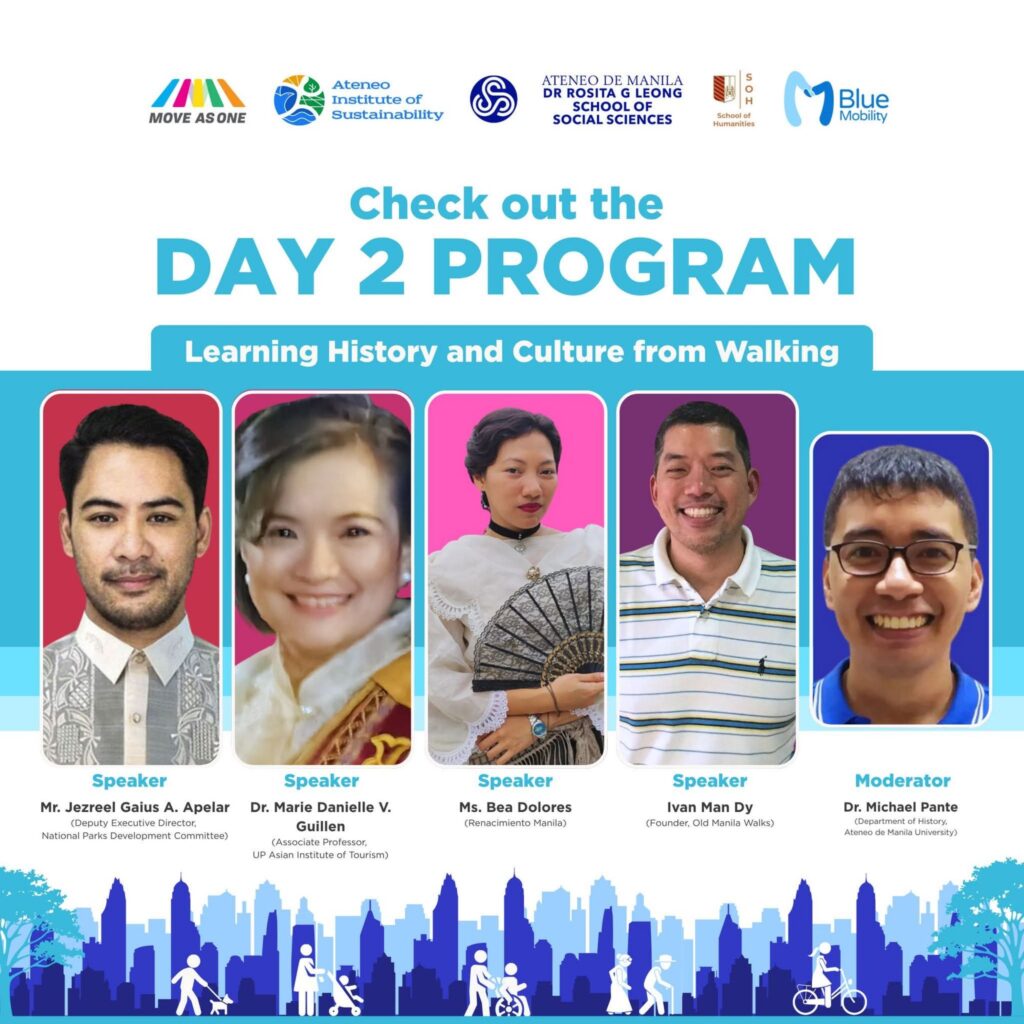
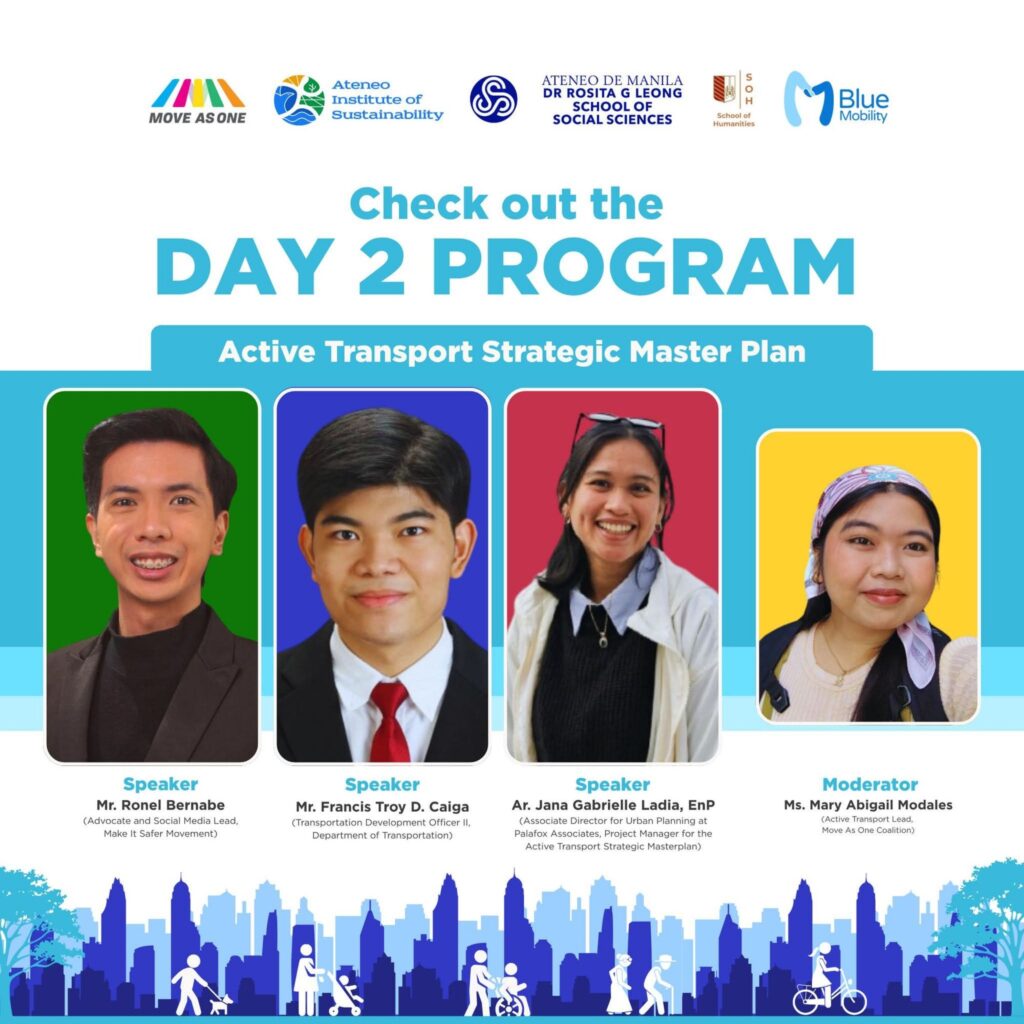
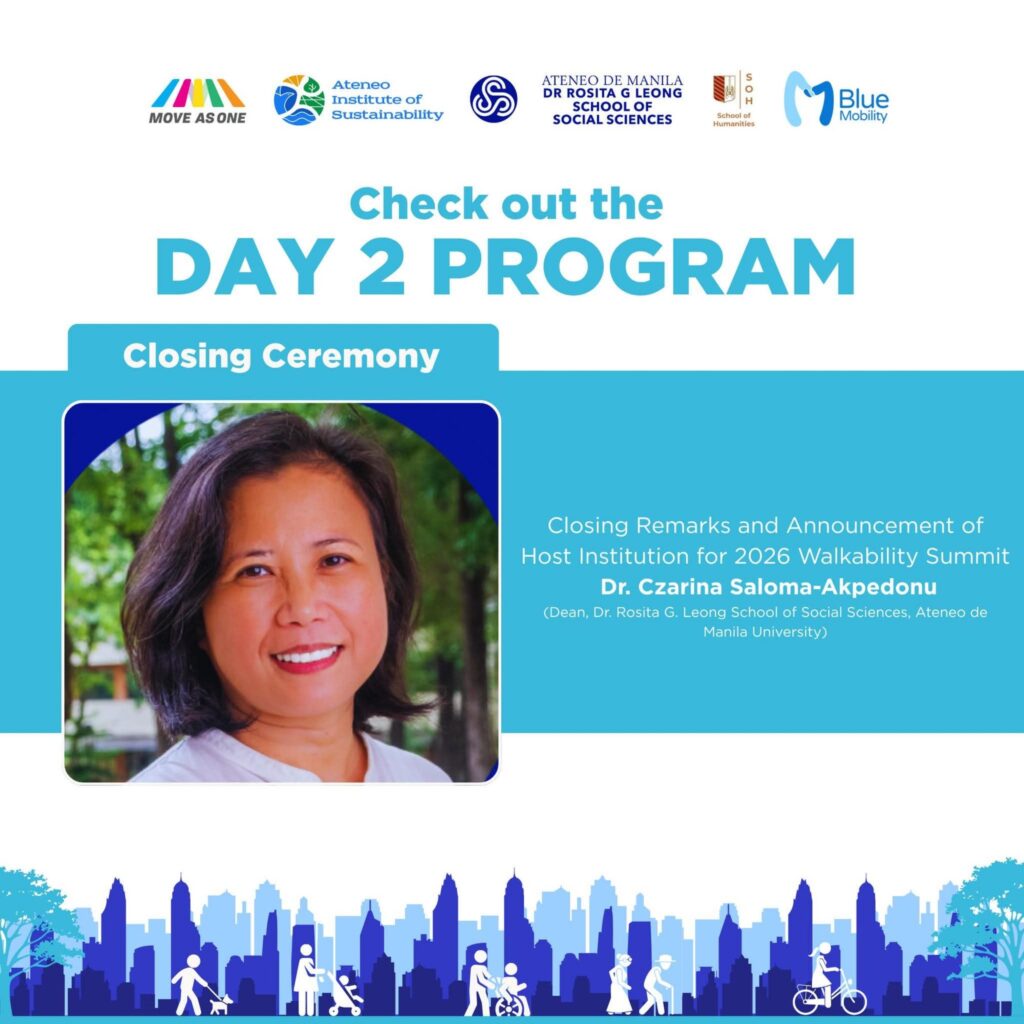
From Issue to Mission
The Move As One Coalition, Ateneo Institute of Sustainability, and Blue Mobility organized the Walkability Summit in collaboration with the Ateneo de Manila School of Humanities and the Ateneo de Manila Dr. Rosita G. Leong School of Social Sciences for the country. Pedestrians in this country face the stark realities. A reality where they are no longer the top priority in transportation. Despite walking being the primary mode of daily travel for 77.5% of residents in Metro Manila.
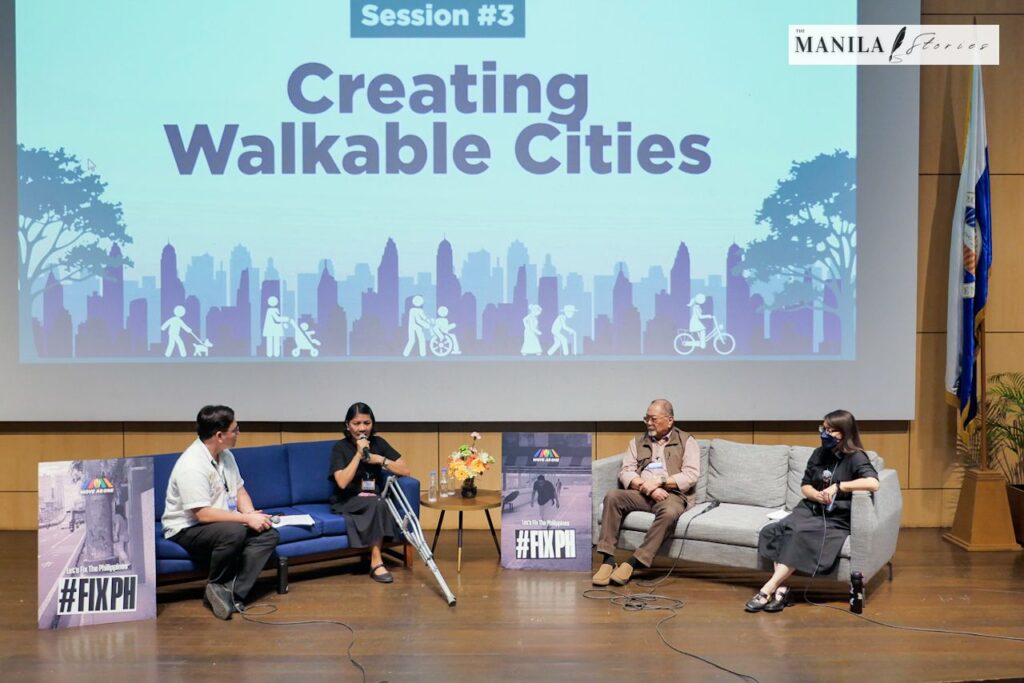
This is evidence that pedestrians are treated as second-class citizens. Where the 2026 National Budget allocated ₱700 million for active transport. It is less significant than the ₱1.3 billion for transport service contracting and massive infrastructure projects. A decision that favor motor vehicles over public safety.
The summit participants condemn these allocations as traffic worsens in the Philippines. Traffic caused the country to lose $3.5 billion every day in 2017. A figure projected to increase to $5.4 billion daily in 2035. The only hope is if Congress realigns the budget. Realign it for the safety of senior citizens, disabled people, and all Filipinos who walk.

Prioritize People
The Walkability Summit also aims to support the Walkable and Bikeable Communities Act: Senate Bill Numbers (SBN) 24, 528, and 883. The hope that they will pass to prioritize pedestrians, other vulnerable road users (VRUs), and sustainable urban landscape. This should urge the Department of Public Works and Highways (DPWH), Department of Transportation (DOTr), Metro Manila Development Authority (MMDA), and other government agencies to prioritize VRUs.



